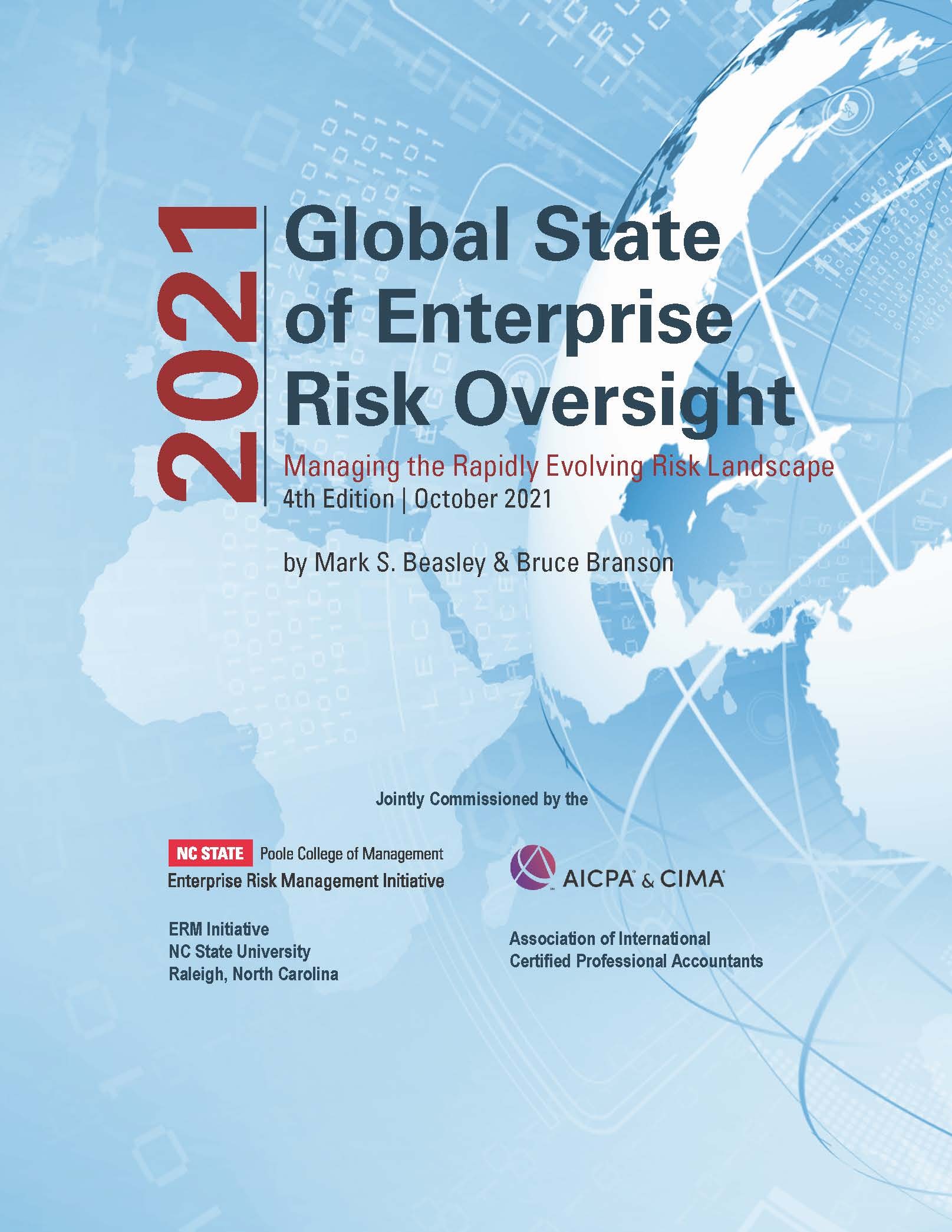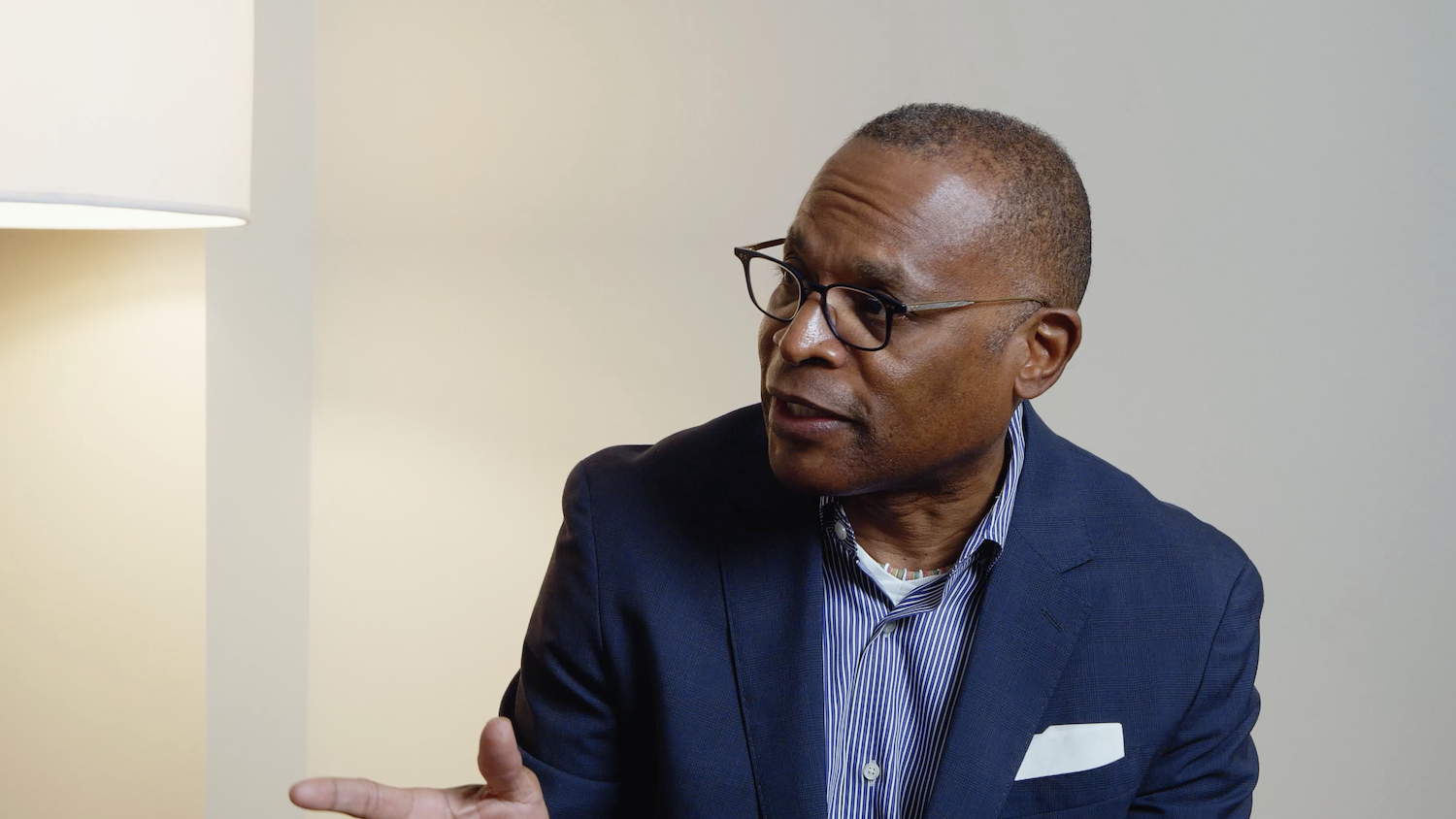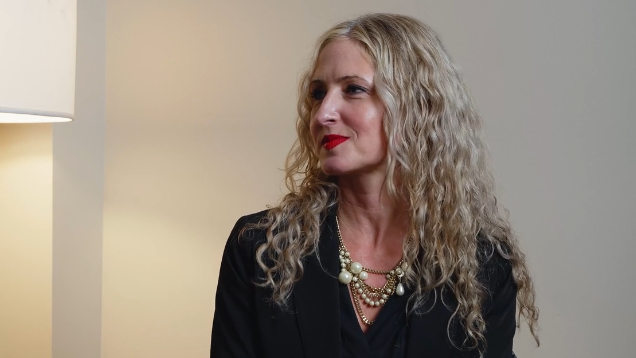2021 Global State of Enterprise Risk Oversight
The volume, pace, and complexities of the ever-evolving array of risks are vast, and organizations that are well-prepared to manage that reality can benefit strategically leaving those less prepared with disruptions to their core business and in some instances their demise. As the speed of change continues to increase, organizations with robust processes for identifying and managing emerging risks can leverage those risks into opportunities for strategic advantage, leaving competitors behind to be unexpectedly blindsided by risks as they occur.
Global Benchmarking of ERM Practices
To gain insights about the current state of risk management processes around the globe, we surveyed executives about how their organizations approach risk oversight. Our 2021 Global State of Enterprise Risk Oversight: Managing the Rapidly Evolving Risk Landscape report summarizes insights from 718 executives in organizations around the world and provides insights on the current state of enterprise-wide risk oversight, including identified similarities and differences in four regions around the globe:
|
|
State of ERM Around the Globe in 2021
Our analysis of the survey results highlight five overarching themes related to the state of ERM processes globally:
- COVID-19 has dramatically interrupted strategic decisions, triggered significant operational surprises, and introduced a number of new, potentially long-lasting risks for organizations all over the world.
- Risk management practices may not be keeping pace with the risk realities in today’s global environment. An overwhelming majority of respondents in all regions of the world do not view their risk management processes as mature or robust.
- Changes in risk management processes may be on the horizon as expectations to strengthen risk management processes are now emerging from boards of directors and CEOs/Presidents. Calls for increased risk management appear to be especially for organizations outside the U.S.
- Opportunities exist for most organizations to strengthen their integration of risk insights into strategic decision-making. For many organizations, their risk oversight and strategic planning efforts appear to be separate and distinct activities.
- An organization’s overall culture may be limiting progress towards more value-added risk management. There are a number of potential barriers within organizations that may limit progress towards enhancing risk management processes.
Questions to Evaluate ERM Processes
The remainder of this report provides more detailed analyses of specific aspects of risk management practices that business leaders can use to identify potential opportunities for improvement. Business leaders may find it helpful to use these considerations to evaluate their organization’s preparedness for managing the rapidly evolving risk landscape. Key discussion items include:
- How prepared was your organization to navigate the consequences of the global pandemic?
- To what extent have your core business operations and strategic plan been permanently altered to a “new normal” and is management’s understanding of risks related to those changes sufficient to ensure the entity’s continued success?
- How are growing levels of uncertainties triggering a growing volume of risks that management must manage and is the emergence of risks affecting your core business increasing at a faster pace?
- Would most members of your executive team describe your organization’s risk management process as an important contributor to the entity’s strategic success?
- What can be done to preserve some of the positive risk management benefits realized as your management team came together to navigate the pandemic?
- How robust is your organization’s dashboard reporting system in helping management monitor emerging risk conditions and have thresholds been identified to know when risk information should be escalated to higher levels of management?
- Who among the management team is serving as the risk management champion for your organization?



